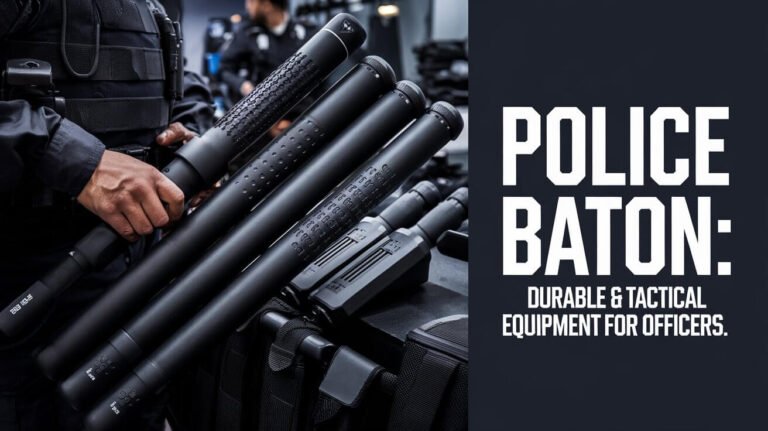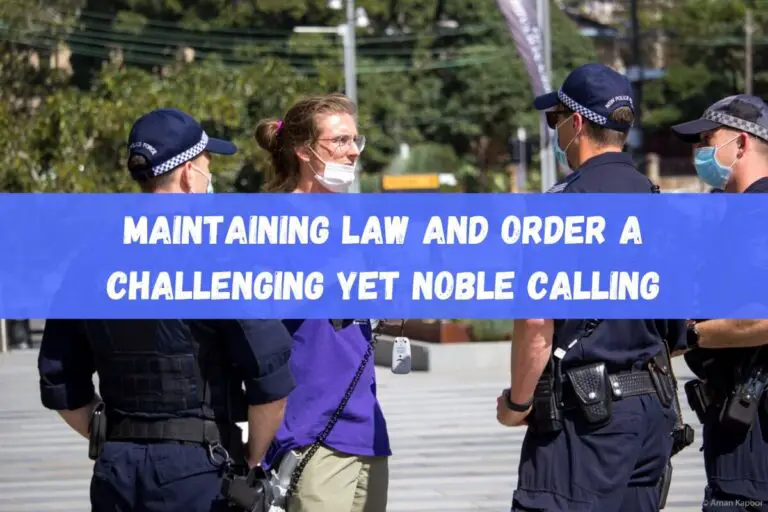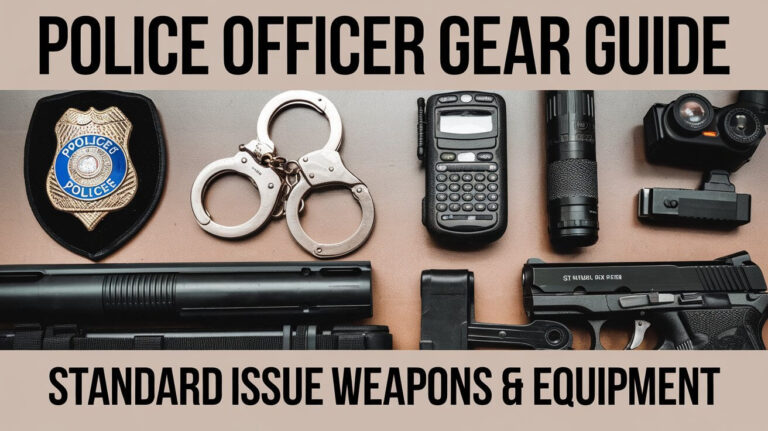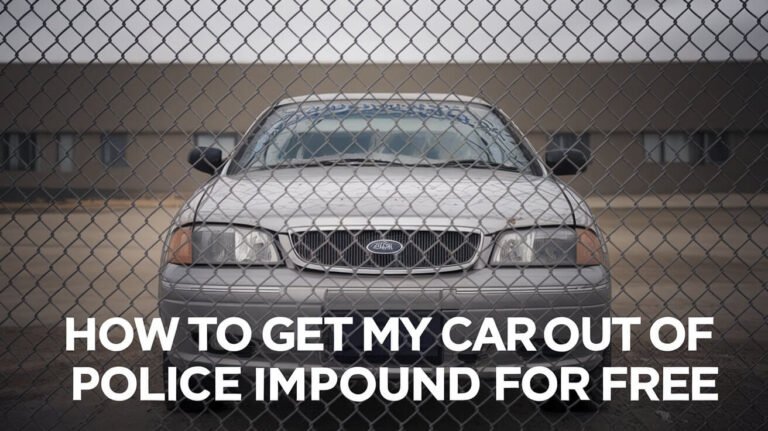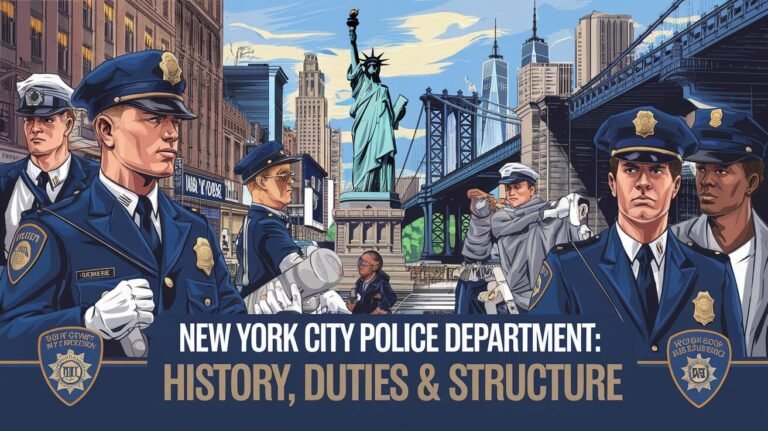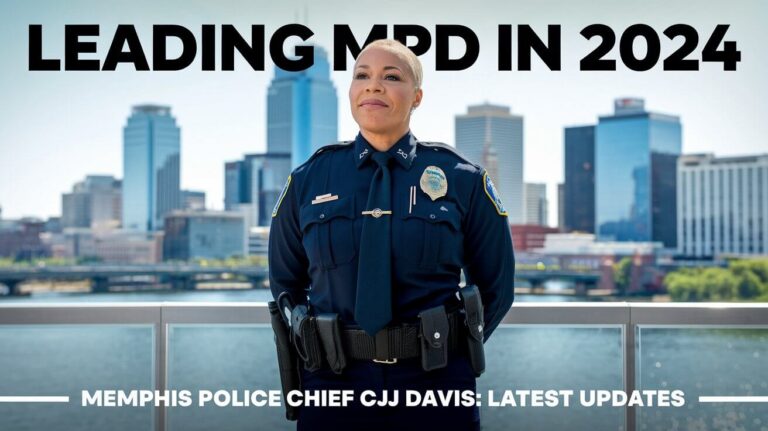Police Car: Efficiency & Authority in Action
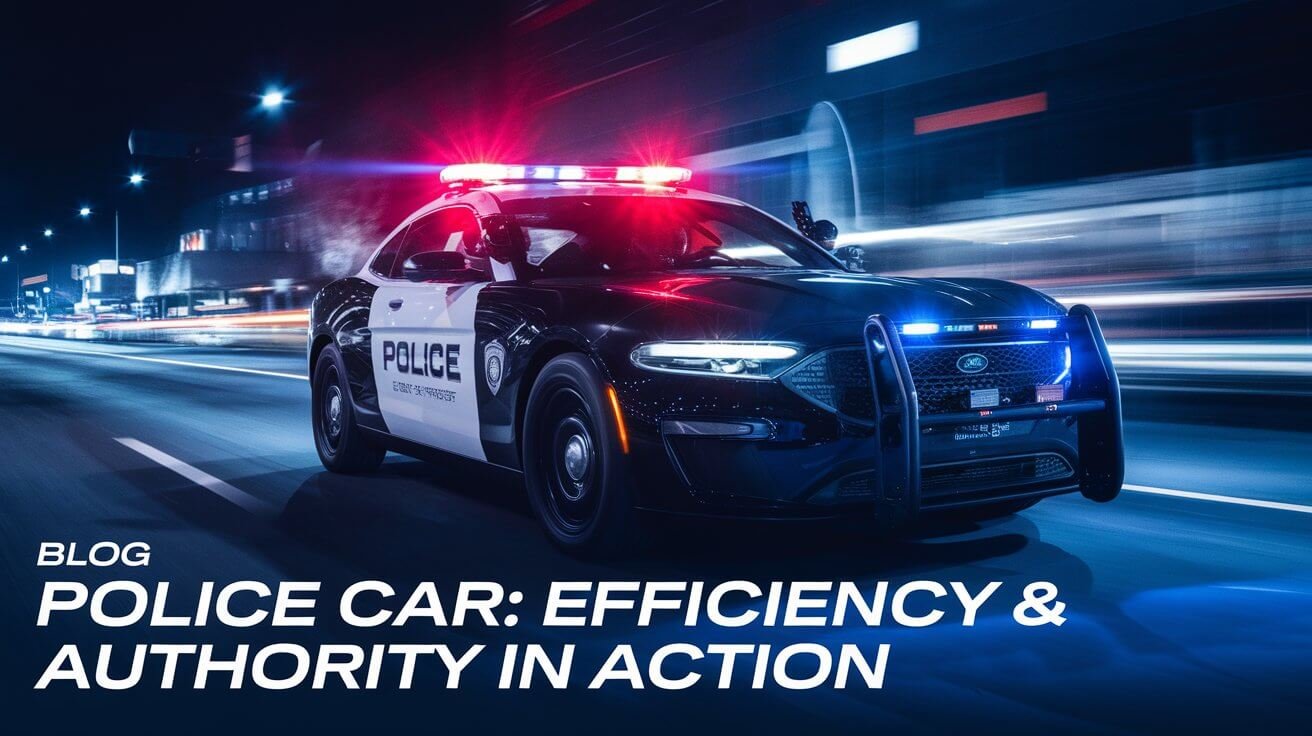
Law enforcement vehicles, also known as police cars, have been key to public safety for over a century. The first police car was an electric wagon used by the Akron Police Department in 1899. It could reach speeds of 16 mph and go 30 miles on a full charge. Today, police cars have advanced features like communication devices, weaponry, and emergency lights.
Police cars help officers patrol and respond to emergencies safely and efficiently. Over time, they’ve become more advanced. They now have high-performance chassis, aerodynamic bodies, and optimized interiors. This makes them a vital part of law enforcement, helping to keep communities safe.
Modern Police Car Design Evolution
Police car design has changed a lot over the years. This change is driven by the need for better safety, efficiency, and performance. Modern police cars have high-performance chassis, aerodynamic bodies, and more space inside.
These updates help police officers respond faster to emergencies. They are now better at keeping their communities safe.
The design of police cars has also been shaped by new technology. Police cars now come with advanced features like better communication and surveillance systems. They are designed to be fast, agile, and equipped with the latest tools.
Core Elements of Contemporary Police Vehicles
- High-performance chassis systems for improved handling and stability
- Aerodynamic body modifications for reduced wind resistance and improved fuel efficiency
- Interior space optimization for ample room for police officers and their equipment
- Advanced law enforcement vehicle equipment, such as surveillance systems and communication systems
- Emergency response vehicle features, such as pursuit-rated performance and advanced safety features
Police car design is always getting better. We can expect to see even more new features and technologies soon. The aim is to make police cars safe, efficient, and good for the environment.
Using the latest in police car design, law enforcement can serve their communities better. They can stay up-to-date with technology and innovation.
Essential Safety Components
Police cars have important safety features for emergency responses. They include communication devices for staying in touch with dispatch and other units. Also, emergency lights and sirens are key for safety.
Police cars have safety gear like reinforced bumpers and heavy-duty suspension. These help protect officers and others in accidents or chases. They also have advanced communication systems for quick responses to emergencies.
Statistics show the value of police car safety. For instance, 95% of police want driver’s license, registration, and proof of registration during stops. This shows the need for reliable communication devices. Police cars can go over 100 mph in chases, making safety a top concern.
- Communication devices for staying in touch with dispatch and other units
- Emergency lights and sirens for alerting other road users
- Reinforced bumpers and heavy-duty suspension systems for protecting police officers and other road users
With these safety components, police cars help officers respond safely to emergencies. This saves lives and reduces injury or damage risks.
Advanced Communication Systems
Police cars now have advanced communication systems. These include digital radio networks, mobile data terminals, and emergency response integration. They make it safe and efficient for officers to talk to dispatch and other units. About 80% of police cars today have these systems, helping them respond faster to emergencies.
These systems have made police responses quicker and more accurate. For example, onboard computers in police cars have cut down the time to check criminal records and vehicle info by almost half. This shows how important it is to invest in these systems to improve law enforcement.
Digital Radio Networks
Digital radio networks are key in police car communication systems. They let officers stay in touch with dispatch and other units. The Los Angeles Police Department has equipped nearly 2,000 vehicles with Ericsson Cradlepoint routers. Each has dual modems with single SIMs for constant communication.
Mobile Data Terminals
Mobile data terminals give officers access to important info like suspect descriptions and vehicle details. These terminals have cut down the time it takes to get this info. This means officers can respond faster to emergencies.
Emergency Response Integration
Emergency response integration helps police officers quickly handle emergency situations. The use of advanced communication systems has made police responses more efficient and effective. This has saved lives.
| Technology | Benefits |
|---|---|
| Digital Radio Networks | Enhanced real-time coordination and situational awareness |
| Mobile Data Terminals | Improved access to critical information |
| Emergency Response Integration | Enhanced efficiency and effectiveness of police responses |
Police Car Equipment Standards
Law enforcement agencies follow strict standards for police car equipment. This ensures their cars are ready for emergencies. The gear must meet law enforcement and emergency vehicle standards.
Important equipment includes communication tools, weapons, and emergency lights. These help police officers handle emergencies safely and quickly. For instance, sirens and lights must be clear to see and hear.
Here are some key standards for police car equipment:
- Minimum standards for law enforcement vehicles, including communication devices and emergency lights
- Compliance with law enforcement vehicle standards for equipment installation
- Emergency response vehicle equipment, such as sirens and lights, must meet specific standards
Police car equipment must also follow the manufacturer’s guidelines and standards. Regular checks and maintenance are key. This way, police cars are always ready for emergencies.
| Equipment | Standard |
|---|---|
| Communication Devices | Must meet law enforcement vehicle standards |
| Emergency Lights | Must be visible and audible to other motorists |
| Sirens | Must meet specific standards for sound level and frequency |
Emergency Response Capabilities
Police cars have special features for emergency responses. They can go fast, stop quickly, and light up the road. These tools help officers handle emergencies well.
Keeping the public safe is key. Police can go fast and stop suddenly. They use lights to warn others they’re coming.
Pursuit-Rated Performance
Police cars can chase suspects safely. They have strong engines and brakes. This helps officers respond fast and safely.
Brake System Innovations
New brakes make police cars stop better. They help avoid accidents and injuries. This is important for quick stops and turns.
Emergency Lighting Technology
Lighting is a big part of police cars. It includes lights and sirens to warn others. This tech makes roads safer and helps officers get there faster.
Specialized Patrol Vehicle Features
Police cars have many special features for safe and efficient patrols. They come with advanced communication tools like digital radios and mobile data terminals. These help officers stay in touch with dispatch and other units.
Law enforcement vehicles also have emergency lights and sirens. These are key for police car patrol features.
Some cars, like the Ford Police Interceptor Utility, have special interiors for officers. They have a gear shifter moved for easier access and seats for duty belts. Many police cars also have tires and all-wheel drivetrains for emergency responses.
Advanced technologies like onboard computers and AI tools improve performance. They help police officers do their jobs better.
Police cars also have bulletproof doors, reinforced windows, and armored panels for safety. AR technology and AI tools help with repairs, keeping cars on the road more. These features make sure police cars are ready for any situation.
Digital Technology Integration
Police cars now have advanced digital tech. This tech makes it safe and efficient for officers to handle emergencies. It lets them get important info fast and act quickly.
Emergency response vehicle digital tech is key in today’s police work. Some main features include:
- Surveillance systems, which let officers watch and act on situations as they happen
- Automated license plate readers, giving officers info on vehicles and suspects
- Real-time data processing, helping officers respond fast to emergencies
These features work together for a complete system. With digital tech, police can better handle emergencies and keep communities safe.
| Feature | Description |
|---|---|
| Surveillance Systems | Enable real-time monitoring and response |
| Automated License Plate Readers | Provide critical information about vehicles and suspects |
| Real-time Data Processing | Enable quick response to emergency situations |
Digital tech in police cars is a big step forward. It helps officers respond safely and efficiently to emergencies.
Environmental Impact Innovations
Law enforcement agencies are finding new ways to cut down on their environmental impact. They are using hybrid and electric vehicles. These cars are safe and efficient for police to use in emergencies, while also being better for the planet.
Using sustainable materials and making cars in a greener way is also becoming more common. This approach cuts down on waste and helps reduce the environmental harm caused by police cars. Plus, adding things like energy-saving lights and solar panels to police stations can make a big difference too.
But, there are some hurdles to overcome. The cost of buying and setting up green tech can be high. Luckily, help from the Environmental Mitigation Trust and local air quality programs can make it easier for police to go green.
- Reducing greenhouse gas emissions through the use of hybrid and electric vehicles
- Implementing sustainable materials and manufacturing processes in police cars
- Adopting energy-efficient lighting and solar panels in police stations and facilities
Embracing these new ideas, police can lessen their environmental footprint. This helps pave the way for a greener future.
Endnote
Police cars have changed a lot, getting better in safety, efficiency, and being green. They now have advanced features like high-performance chassis and aerodynamic designs. They also have top-notch communication systems and digital tools.
These vehicles are now more ready than ever to protect our communities. They have surveillance systems, automated license plate readers, and real-time data processing. This helps law enforcement respond faster and solve problems more effectively.
There’s also a push to make police cars more eco-friendly. Electric and hybrid cars are being used to cut down on carbon emissions. This shows a big step towards making these important vehicles better for the environment.
Looking ahead, police cars will keep getting better. They will have new designs and technologies to help officers handle emergencies. With ongoing research, the future of police cars looks bright. They will be safer, more efficient, and better for the planet, keeping everyone safe.

